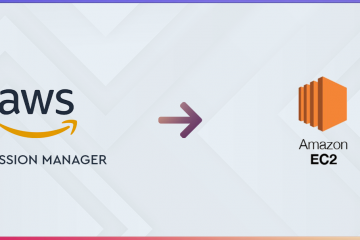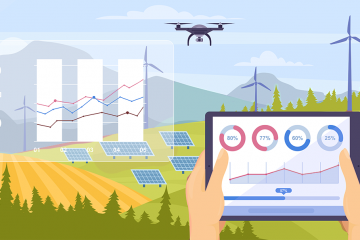We hear so much about air
pollution, what it does to us, our family, our surrounding. But do we really
understand it? Being one of the most serious
problems in the world, air pollution undeniably deserves all the
attention it can get.
If you are rolling your eyes with
that “Tell-me-something-I-don’t-know” look,
try answering a few questions to prove your knowledge. What are you breathing
right now? Do you know what pollutants your indoor space has? Are you sure that
you are as healthy as you think you are? What are your means of protecting you
and your family against pollution? Have you invested in the right kind of mask?
Well, we can keep asking,but we are sure,
you get our point!
But is it not enough that we know
pollution can do us a lot of harm? The answer is NO. When you have to find a
solution to a
problem, you must first know everything about it. Only then will your solution
be effective and long-term. A peripheral approach can just give you a short-term
adjustment or what we call “a Jugaad!” That’s not what we want.
Seeing the
Problem for what it is
The air pollution statistics that
you normally see is basically deduced by following the air quality trends of
various pollutants across the country (or city). However, the data you get may
have a bit of projection and estimations
making them pretty inaccurate.
Also, while every kind of
pollution is bad for us, it is the concentration and quantity of certain toxic
elements that make air pollution extremely hazardous for our health. For
instance, you do breathe in and out carbon dioxide on a daily basis,but it is ok till the concentration is less
than 0.05% in the air. If you were to breathe in air which has more than 10% of
CO2, it could kill you in a few minutes.
Now, let us consider factors that
might impact our existing pollution. Let us consider this instance. You live
near a factory which releases toxic gases. But since the smokestacks are pretty
high, and your area is pretty windy, you don’t feel its impact to a great
extent. But that’s just a peripheral approach. Where does that smoke eventually
go? Does it vanish into space or is siphoned off into outer space? No. It is
out there, slowly lurking near you. What if the wind betrays you one day and you
are left there suffocating? What if there is a forest fire nearby and the smoke
reaches you? Suddenly what seemed to be an adaptable issue, feels more severe
right?
The smoke doesn’t go away; it is either heating our Earth or killing
people elsewhere. So there is no point closing our eyes and saying it is not
affecting me.
Looking
for a Solution based on your Problem
So while the entire world is affected by pollution, the
problem is essentially not the same. So if you have to find a solution for it,
that can’t be similar either. Based on what kind of pollutants you are dealing
with, its concentration levels, frequency,and
intensity your solution would have to be altered and modified. Investing in an
air quality monitor can help you understand just what you are dealing with and
the data can help concerned research bodies and regulatory bodies come up with
are-based pollution control measures to help you combat pollution. So you are
not only monitoring the air you breathe, but
you are also helping other regulatory bodies to control and reduce pollution in
and around your areas using your real-time data.
While using sustainable and eco-friendly fuels, plants and
factories with electrostatic smoke precipitators, power generation through
cleaner sources like wind, water and sun are some broader areas of controlling
pollution, there are a lot of areas (constructions, harsh chemicals, industrial
solvents,and household appliances and
products) that gets ignored and continues to contribute to air pollution.
The next time we talk about air pollution we need to be sure
about what we are talking about. If we are not doing that, we are not solving
the problem.
What to know more about our air quality monitors?
Follow this link.
Check your air quality near you with
Global air pollution powered by Ambee’s air quality, pollen and
weather api .




